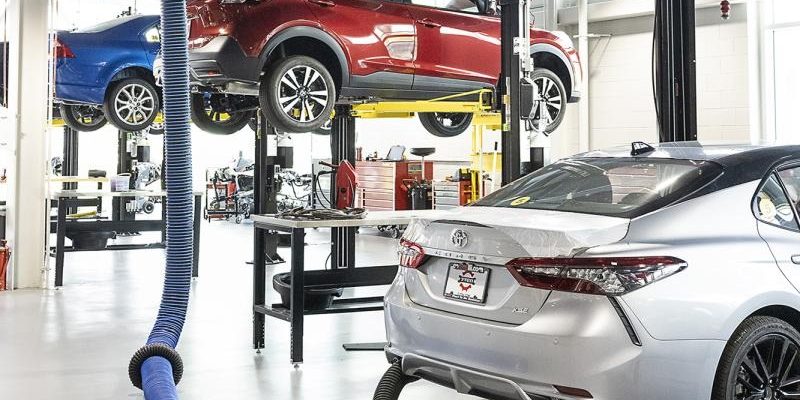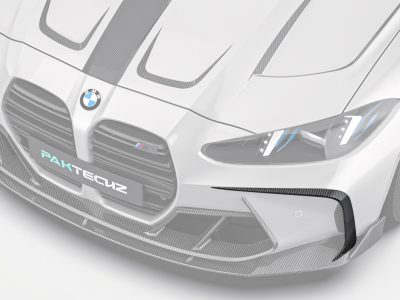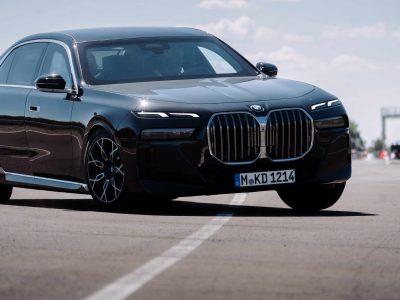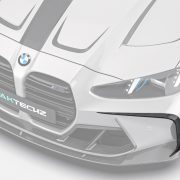When your car bumper shows visible damage like cracks, dents, or scratches, it’s natural to focus only on what’s apparent. However, beneath the outer plastic or fiberglass cover lies a complex system of structural components designed to absorb and dissipate impact energy during collisions. External bumper damage often masks more severe internal problems that are not immediately obvious. Ignoring these hidden issues can compromise your vehicle’s safety, performance, and repair costs in the long run.
Components Behind the Bumper Cover
Bumpers are more than just cosmetic features. Behind the cover are key components such as the reinforcement bar, impact absorbers (often made of foam or honeycomb materials), mounting brackets, and sometimes sensors for safety systems. The reinforcement bar is typically a strong metal beam that bears much of the collision force, while the impact absorbers help soften the blow. Damage to any of these parts can reduce the bumper’s effectiveness in protecting the vehicle’s frame and passengers during subsequent accidents. Choosing the Auto Repair in Albany, OR based service is essential here.
Why Hidden Damage Is a Safety Concern
After a collision, even a minor one, the external bumper might appear only superficially damaged, but internal components could be bent, cracked, or weakened. Such hidden damage means your bumper might not absorb impacts as intended, increasing the risk of more severe vehicle damage and passenger injury in future crashes. For instance, a compromised reinforcement bar will fail to distribute impact forces properly, potentially leading to frame damage. This makes a thorough inspection essential after any incident involving bumper damage.
Detecting Internal Damage Requires Professional Inspection
Because internal bumper damage is not easily visible, professional inspection is critical. Mechanics use specialized tools and techniques like removing the bumper cover, checking alignment, and scanning for sensor functionality. Some shops employ diagnostic equipment to assess electronic systems integrated into bumpers, such as parking sensors or collision warning devices. A detailed inspection ensures that hidden damage is identified and repaired, restoring your bumper’s full protective capability and preventing costly future repairs.
The Cost of Ignoring Hidden Damage
Ignoring internal bumper damage can lead to significant long-term consequences. Beyond reduced crash protection, hidden damage may cause misalignment that affects your vehicle’s aerodynamics and fuel efficiency. It can also allow moisture and dirt to accumulate, leading to rust and corrosion in critical areas. Repairing extensive internal damage later is often more expensive and time-consuming than addressing it immediately. Ensuring comprehensive repairs after any bumper impact safeguards your safety and your vehicle’s value.
In conclusion, while external bumper damage is easy to spot, it often conceals serious internal structural problems. Professional inspection and timely repair are vital to maintain your car’s safety and performance. Don’t overlook what lies beneath the surface—your bumper’s hidden components are just as important as the visible ones.












Comments